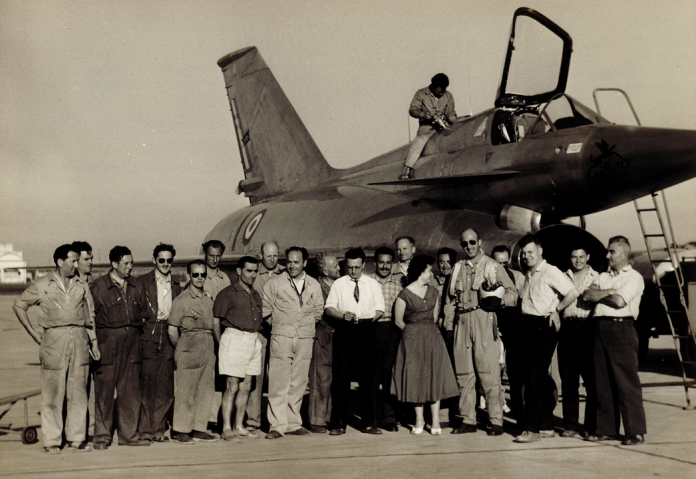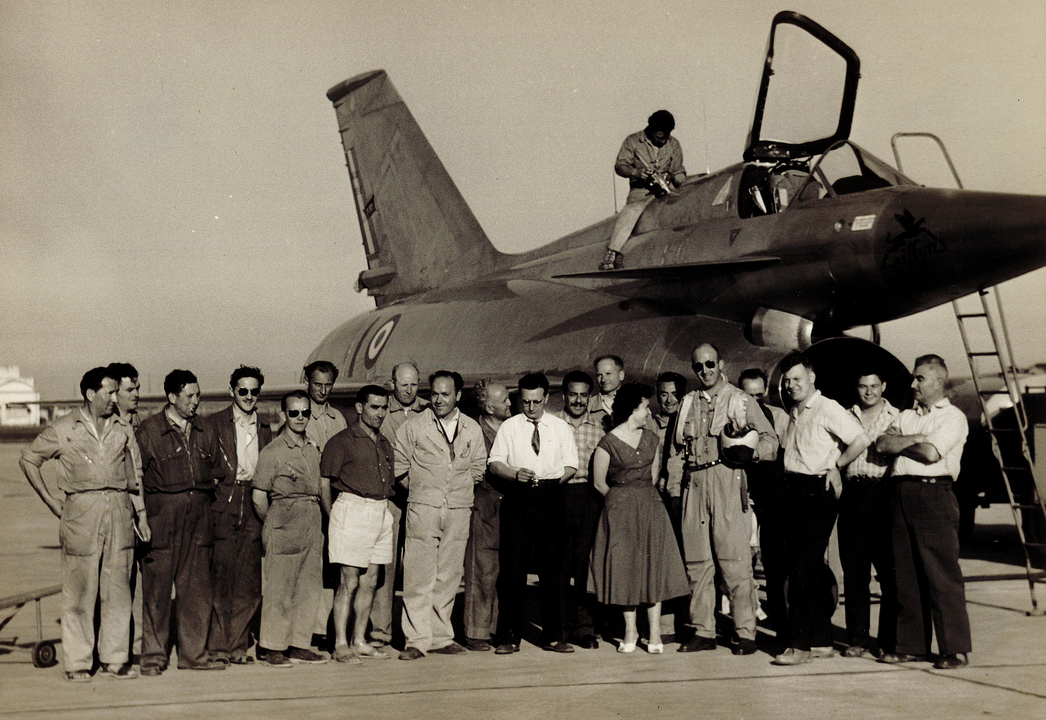
In the annals of aviation history, the Nord 1500 Griffon stands out not just for its groundbreaking design, but for the ambitious attempt to push the boundaries of speed and engineering during the mid-20th century.
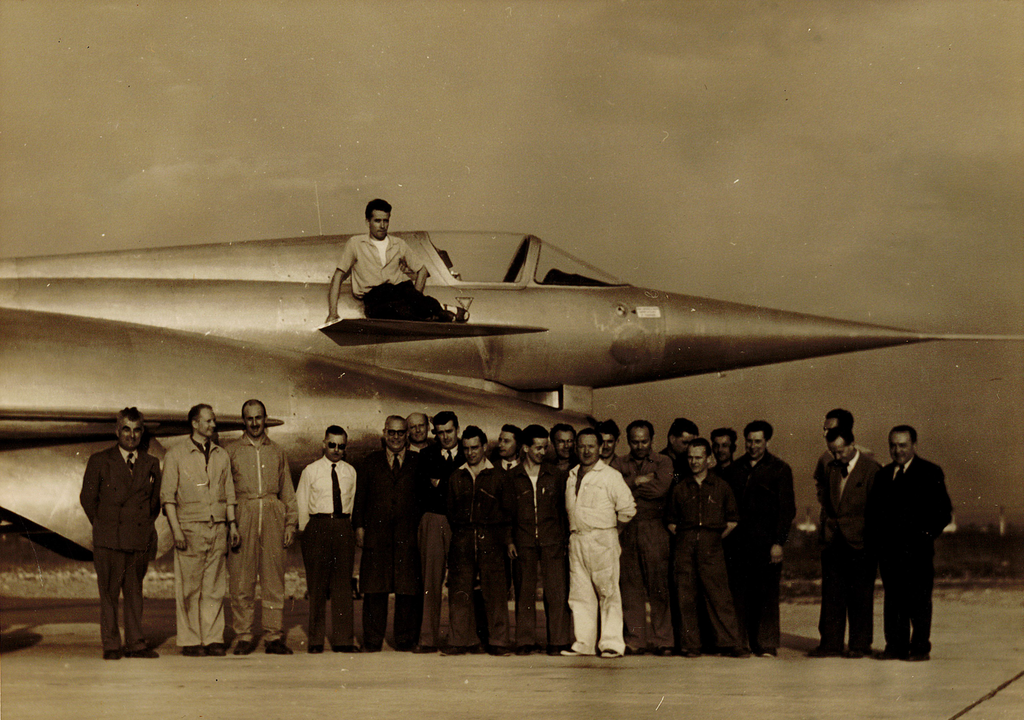
The French experimental interceptor plane, which first took to the skies in 1955, promised a new era of defense capabilities. Yet, despite its early achievements, the program was ultimately grounded by the very innovations that made it remarkable.
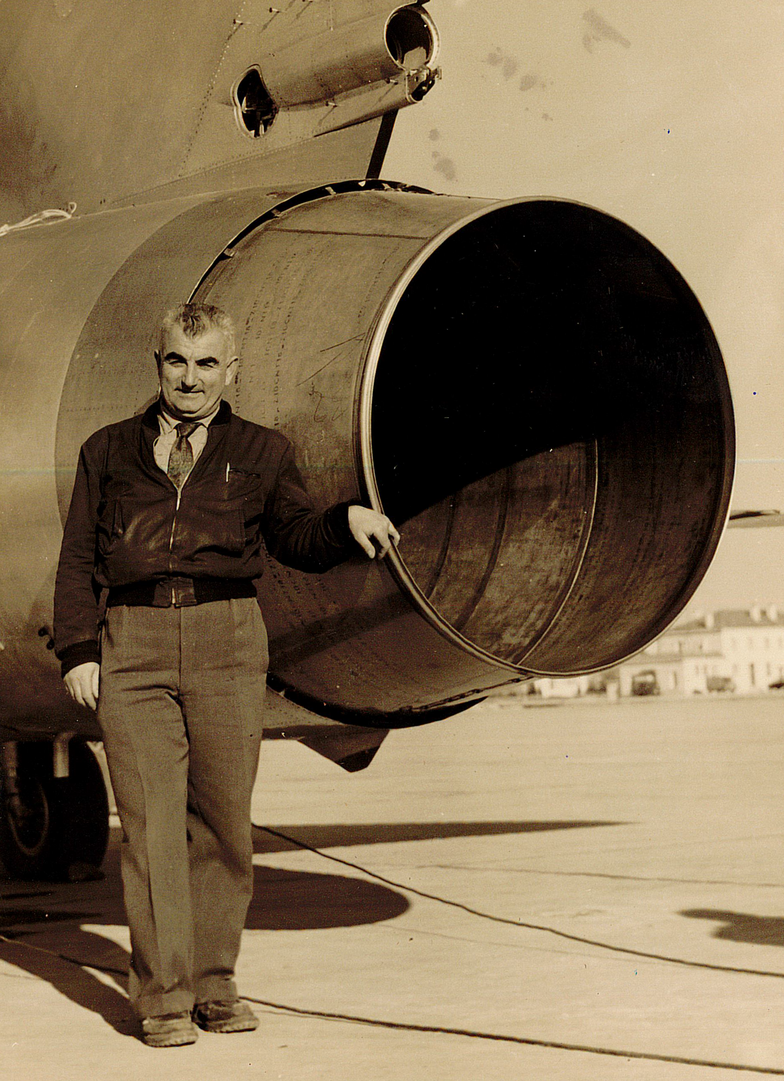
At the heart of the Griffon’s design was its hybrid propulsion system—a combination of a turbojet and a ramjet engine. The marriage of these two systems was envisioned to propel the Griffon past the coveted Mach 2 threshold, a target that, during the 1950s, represented the pinnacle of interceptor performance.
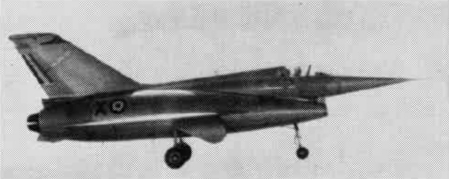
The first prototype, Griffon I, which lacked the ramjet, managed to reach Mach 1.15 in early testing, displaying excellent handling characteristics despite its power limitations.
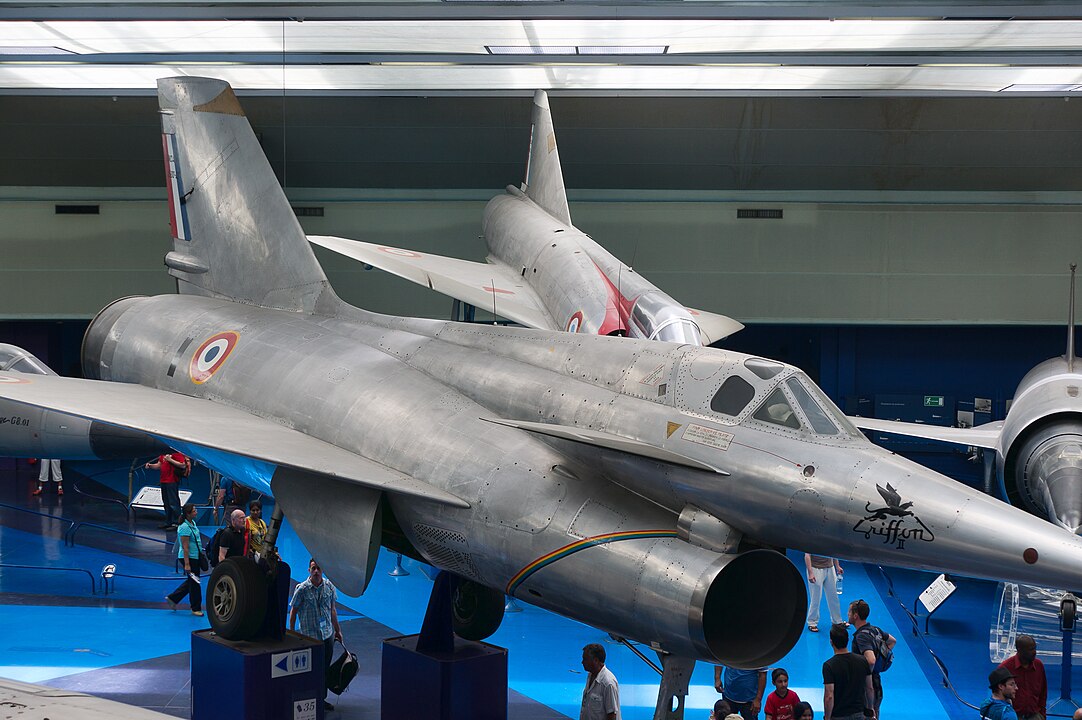
The second prototype, Griffon II, featured a dual propulsion turbojet-ramjet configuration, and it was this aircraft that captured the world’s attention.
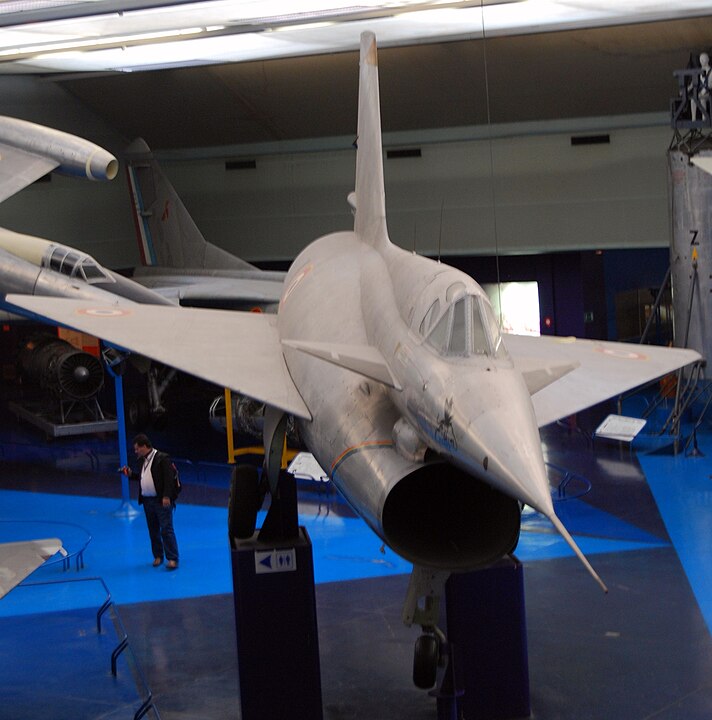
The Griffon II is the only other entry in the Griffon test program, with the main difference being that this example has a ramjet engine installed. It is powered by an Atar 101F series afterburner turbojet engine with a thrust of 7.735 pounds, which is discharged through a new, larger-diameter port under the rear wing.

An early form of a computer system was also introduced to better regulate the fuel of ramjet engine units.
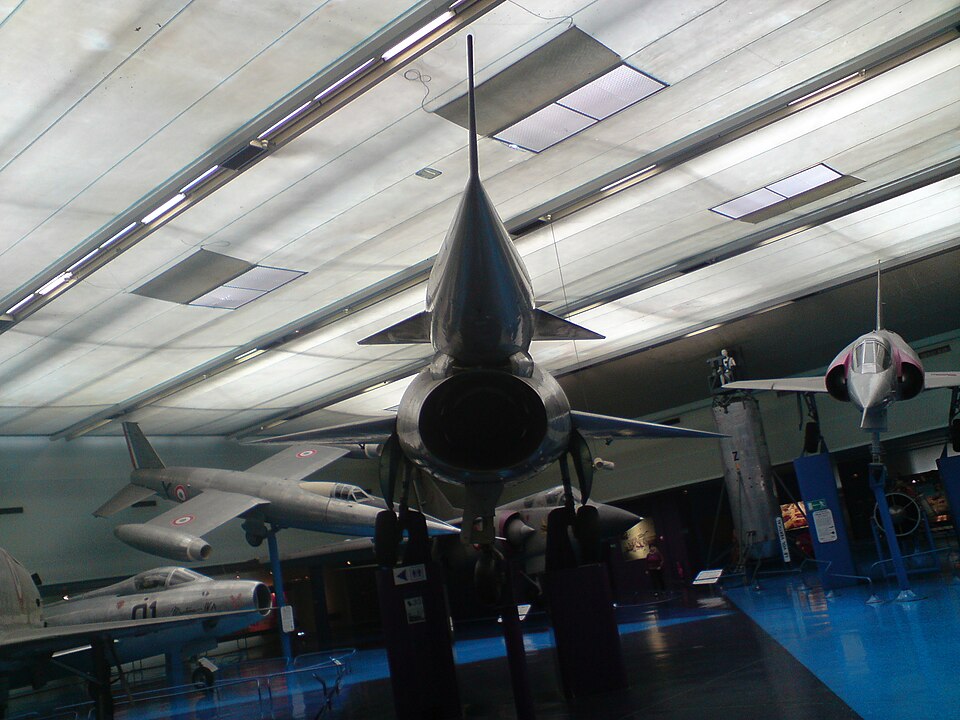
The first flight of this Griffon variant was recorded on January 23, 1957. In December of the same year, the aircraft recorded a speed of Mach 1.85 – getting closer and closer to the required Mach 2 speed envelope.
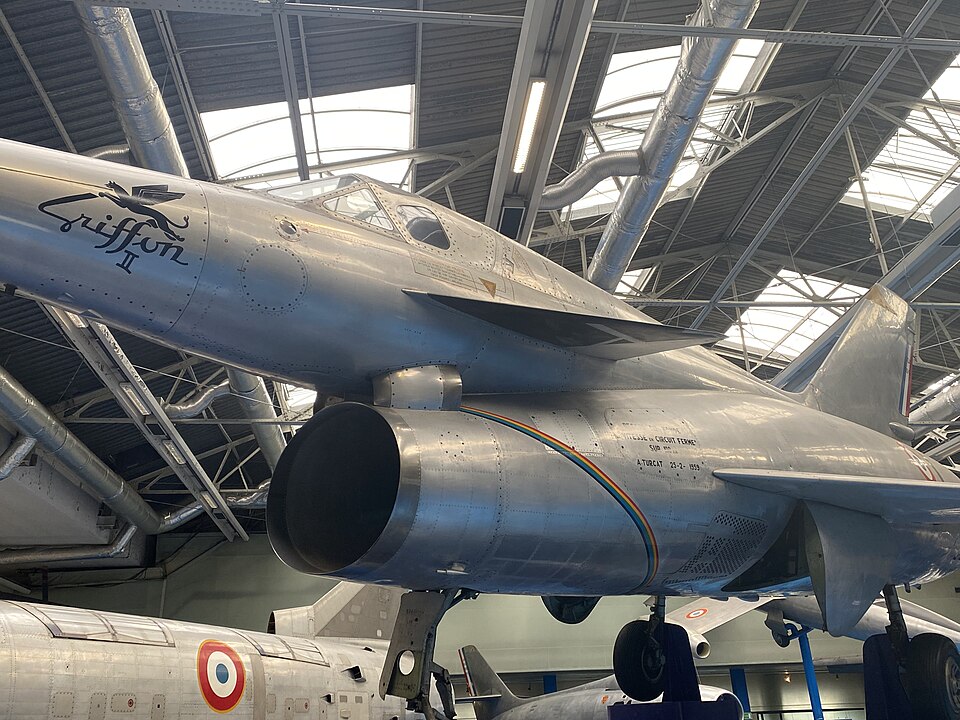
In October 1958, the aircraft finally reached Mach 2, but it was soon discovered that the structure of the aircraft limited the maximum speed to Mach 2.1. The aircraft was also shown at the Paris Air Show in 1959.

However, the path to these achievements was anything but smooth. The Griffon program faced numerous hurdles, from the high heat sensitivity of the aircraft’s Duralumin skin to the mid-range speed problems with the ramjet engine, which frequently damaged the tailpipe due to excessive exhaust temperatures.
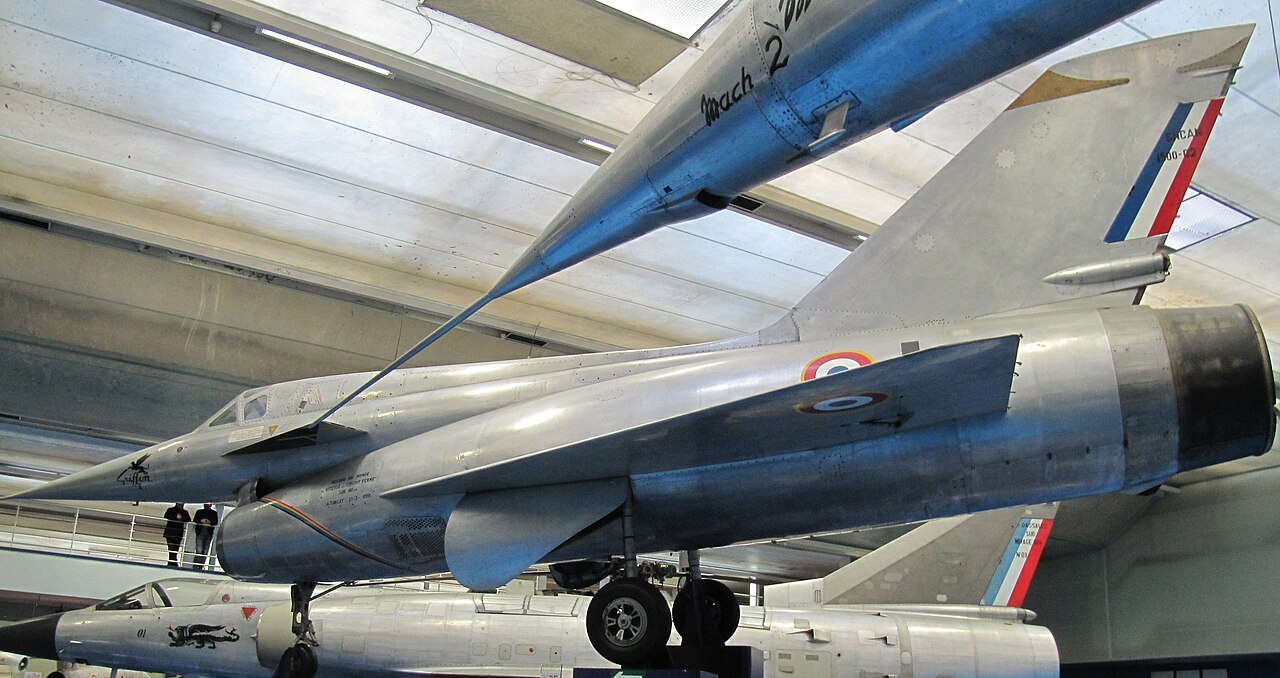
Simpler and less costly aircraft like the Dassault Mirage III were already delivering high performance.
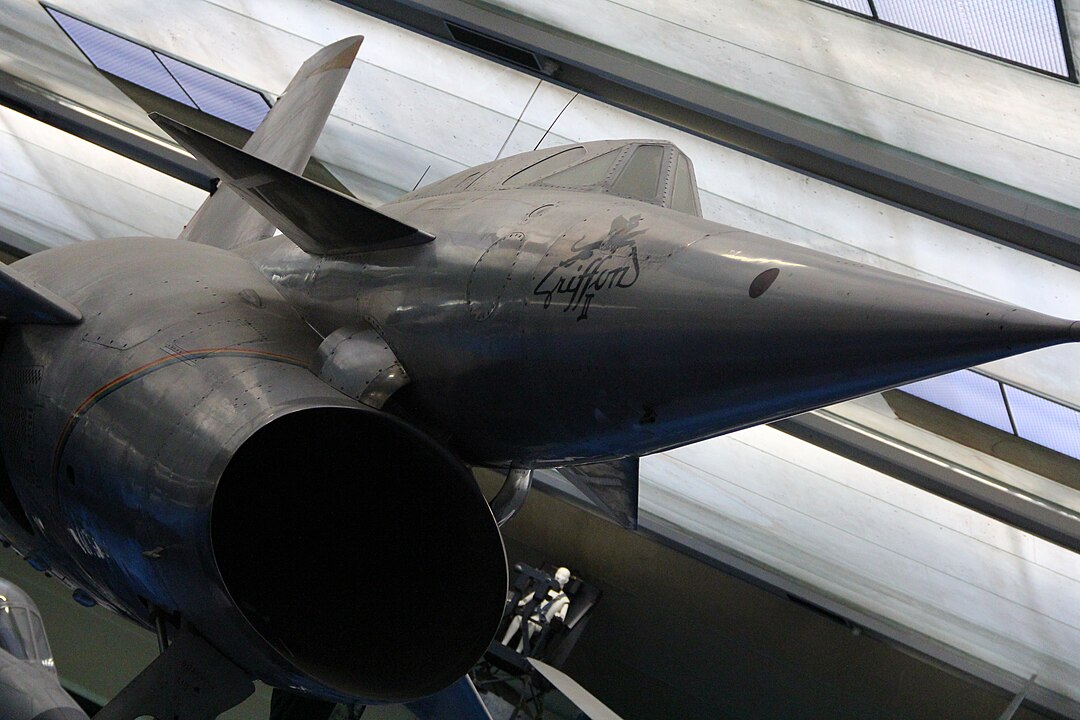
The final nail in the coffin for the Nord 1500 Griffon came as funding and interest dried up. Griffon II’s last flight occurred on June 5, 1961, marking the end of an ambitious project that had aimed to defend France’s skies at unprecedented speeds.

But all is not lost. The French gained a lot of knowledge from these experiments, and even the United States is paying close attention.
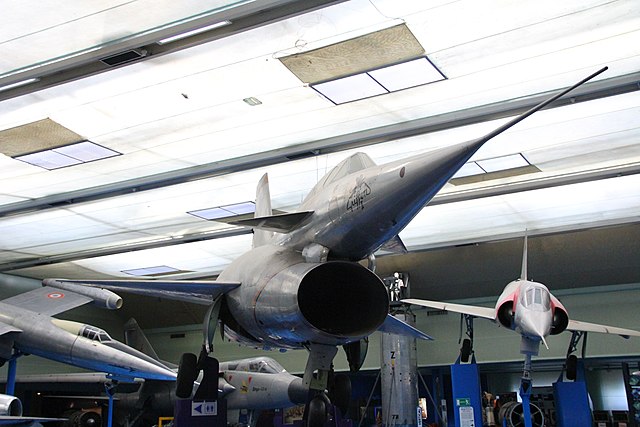
The biggest concern was about the exhaust pipe of the ramjet engine, which was so hot that it often damaged the exhaust pipe.

As it reaches high speeds, the metal skin of the aircraft also becomes damaged. Controlling a ramjet engine is also a challenge, as it cannot throttle up and down.
